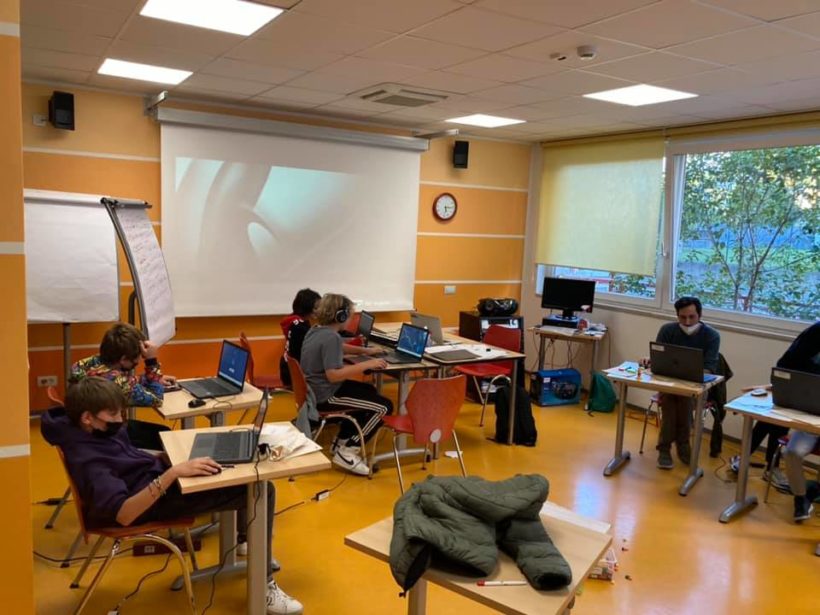In Chile and Latin America, we use English words, because it has been in the United States or England where concepts made invisible in our Spanish-speaking continent have been given relevance. Using words from another language hides their meaning until they are fully integrated into the vocabulary. This happens with the word “bullying”, which in Spanish means “matonaje”.
The word bullying in English means: to seek to harm, intimidate or restrain a person perceived as vulnerable. And the word “bullying” means: the behaviour of someone who wants to impose his or her will by violence, threat or terror.
Language generates reality and if the word does not exist, neither does reality. There has been progress in the use of the word bullying, but it is not yet widespread, while bullying continues to be invisible. It is simpler to say “bullying is a child’s thing” than to say “bullying is a child’s thing”. And it is also better for those who do not want to deal with the problem.
In the classroom and behind the games are the first signs of bullying that you have to watch out for. If the conversation involves ridiculing a person, it is bullying. If a joke is a taunt to a student, it is bullying. And if the game makes someone feel bad, it is also bullying. Generally, the victims are vulnerable people, either because they are foreigners, because of their sexual orientation, ethnicity or because they do not fit the stereotypes of beauty imposed on us by advertising.
These behaviours are not normal and neither is physical violence, threats or mockery through social media. All of these are bullying and we must be alert to correct and avoid them. Unfortunately, the behaviour of adults through the media and social networks sets a very bad example for children and young people.
For parents and guardians, it is vitally important to listen to their children and discuss their fears and anxieties about going back to school. It is also an opportunity to identify prejudice, violence and disregard for diversity. We must keep this conversation open and put them in conflict situations, to find out what they would do and thus guide behaviours that prevent them from becoming victims or perpetrators in a culture that normalises bullying or bullying as a child’s thing.
In the return to school, even more so after months without classes due to the pandemic, it is necessary to be aware of changes in behaviour such as sadness, silence, sudden mood swings, anxiety or not wanting to attend school. If this happens, we must act immediately and seek help from the appropriate authorities, because the child’s socio-emotional well-being and ability to learn are at stake.
It is during the first weeks of school that relationships between students settle in. Therefore, we must pay attention to the signs that could indicate that a student is being a victim of “bullying”, as it should be called in Chile, without relativising it. Reacting later may be too late.






